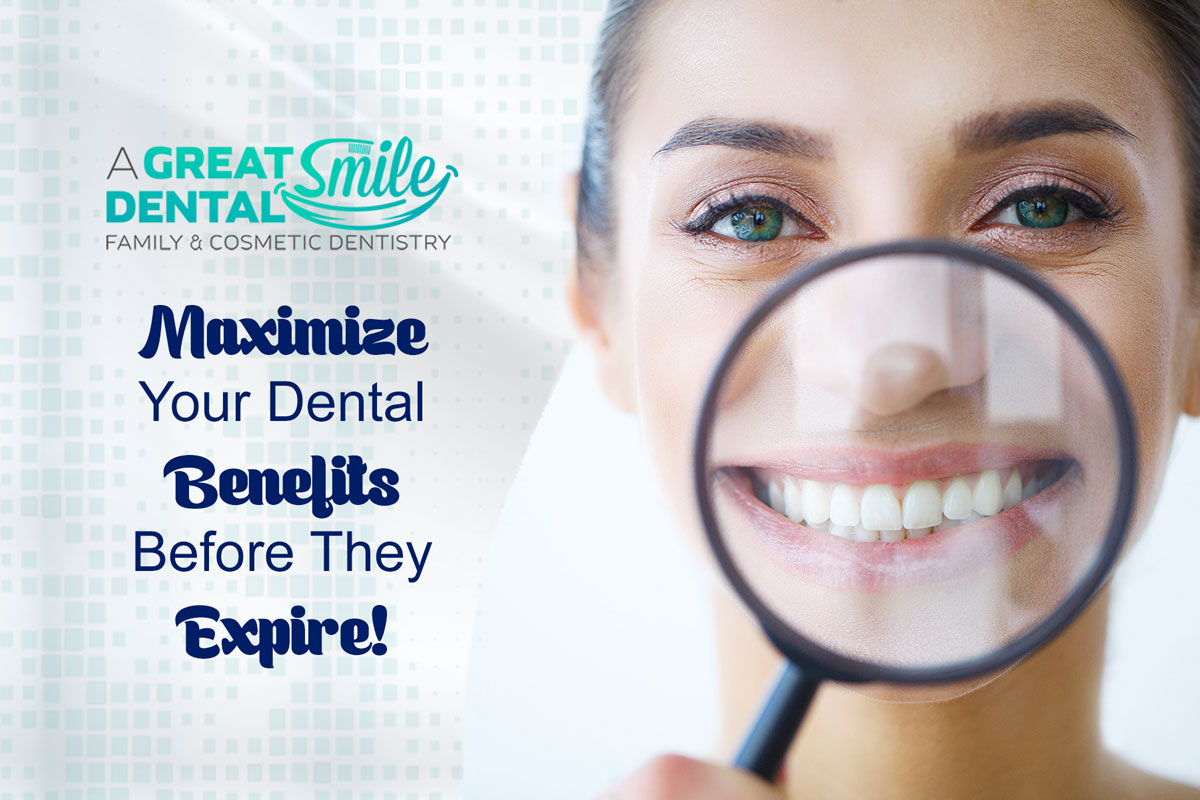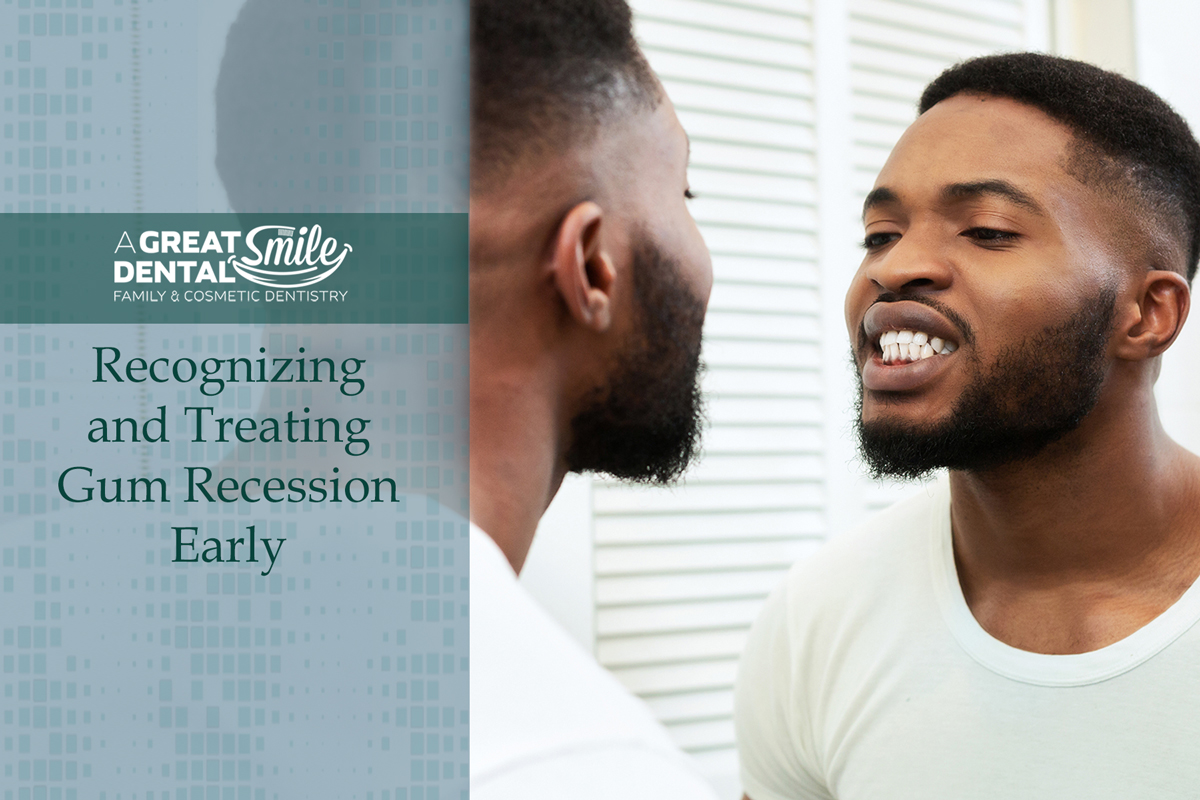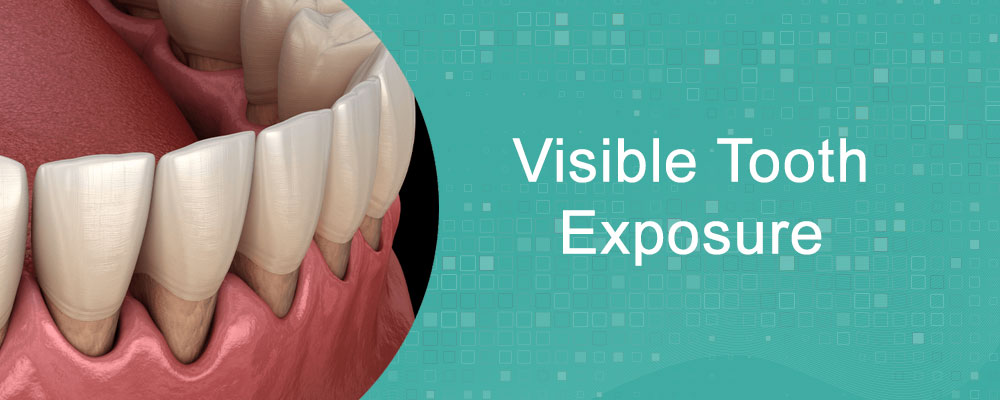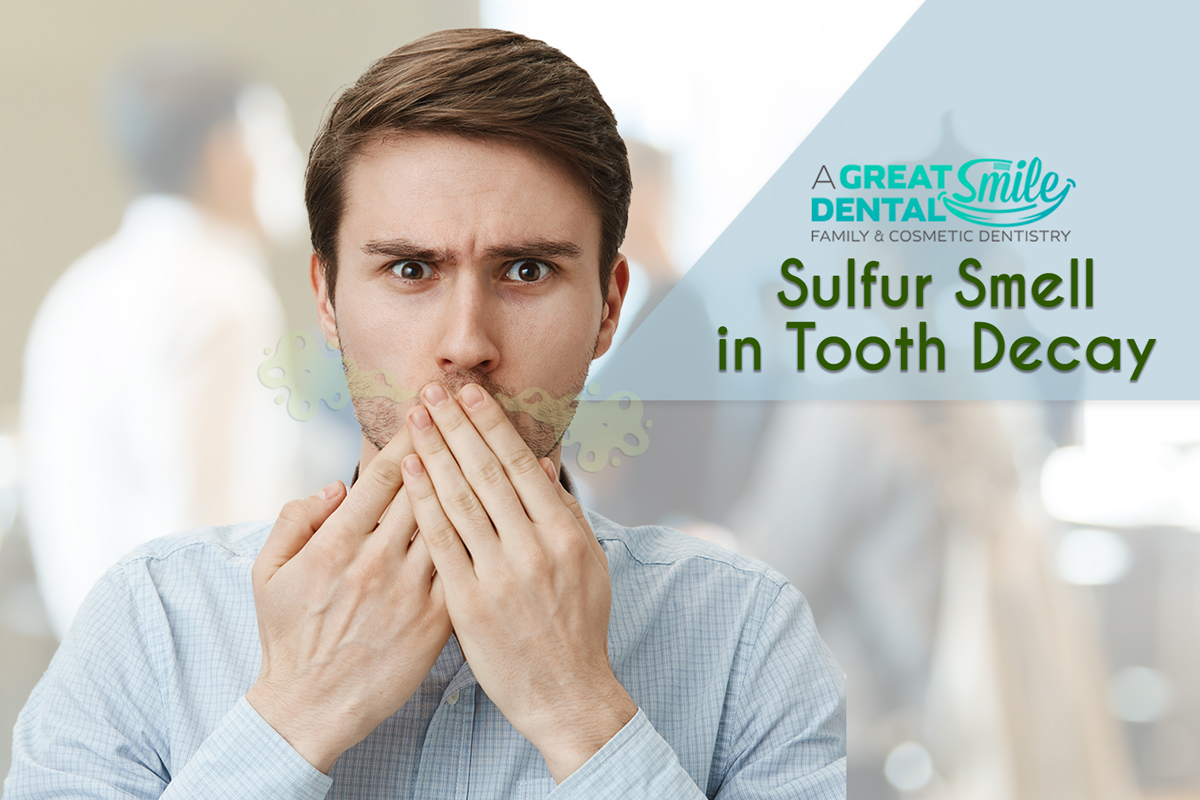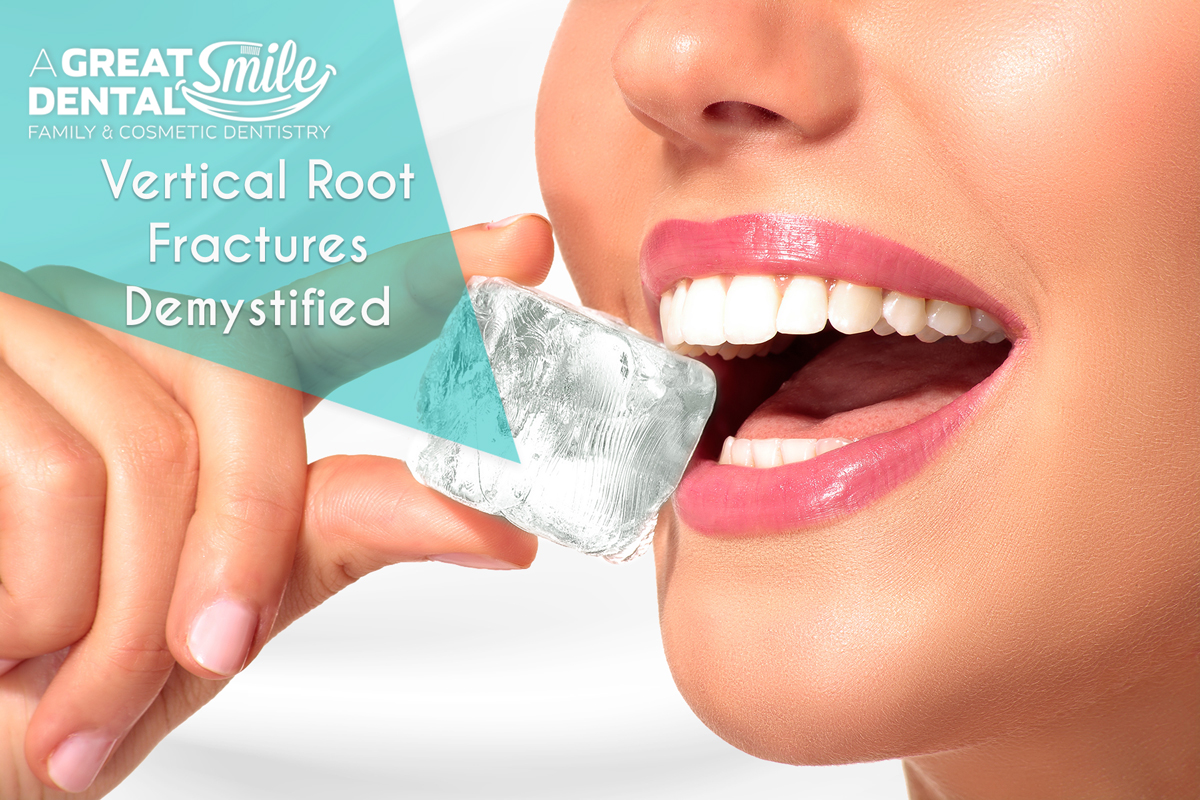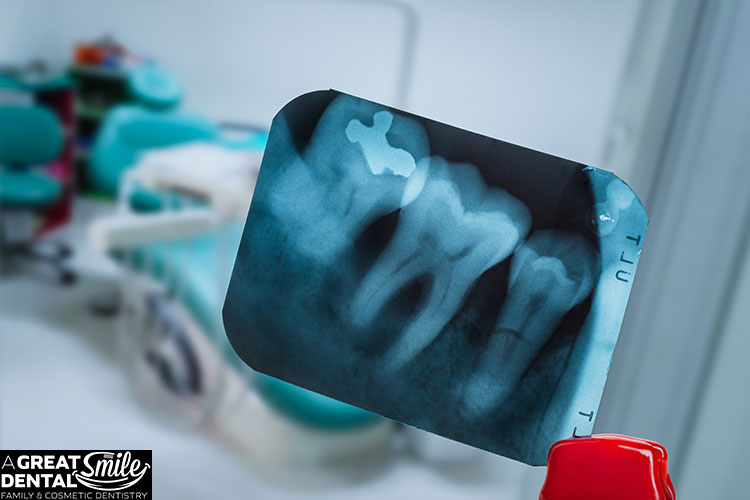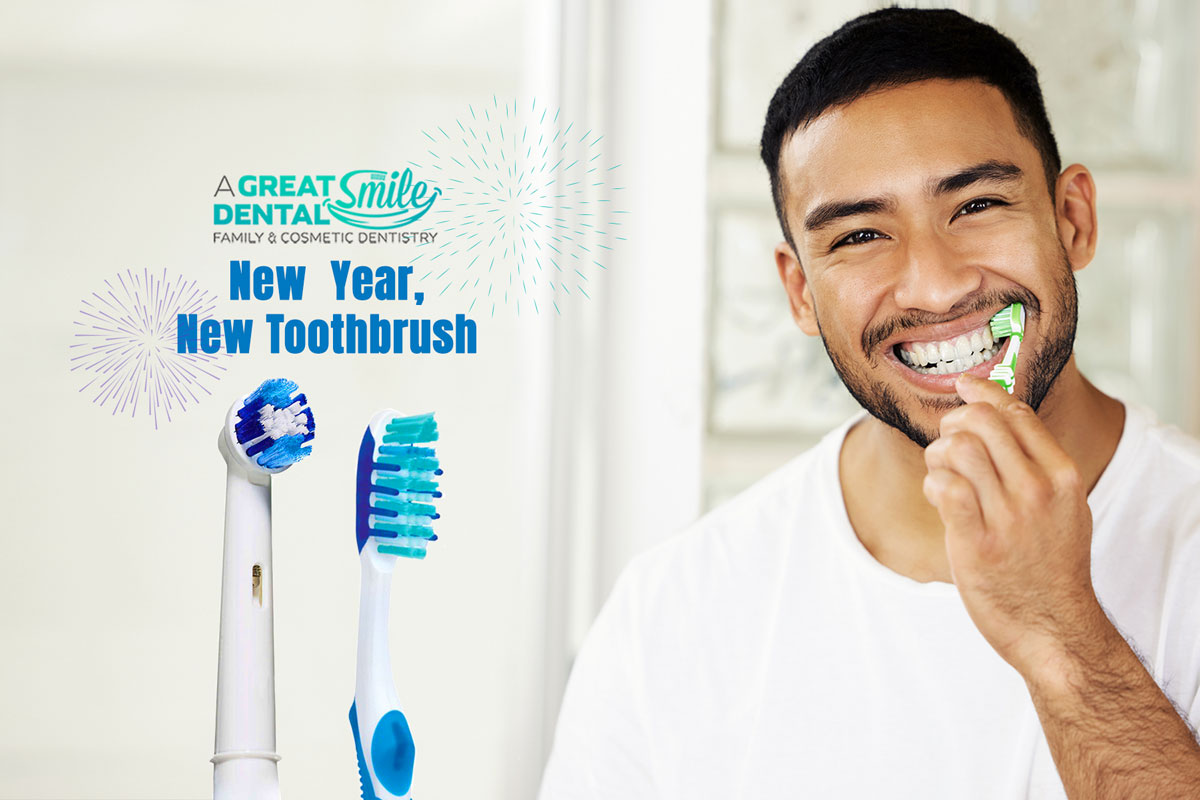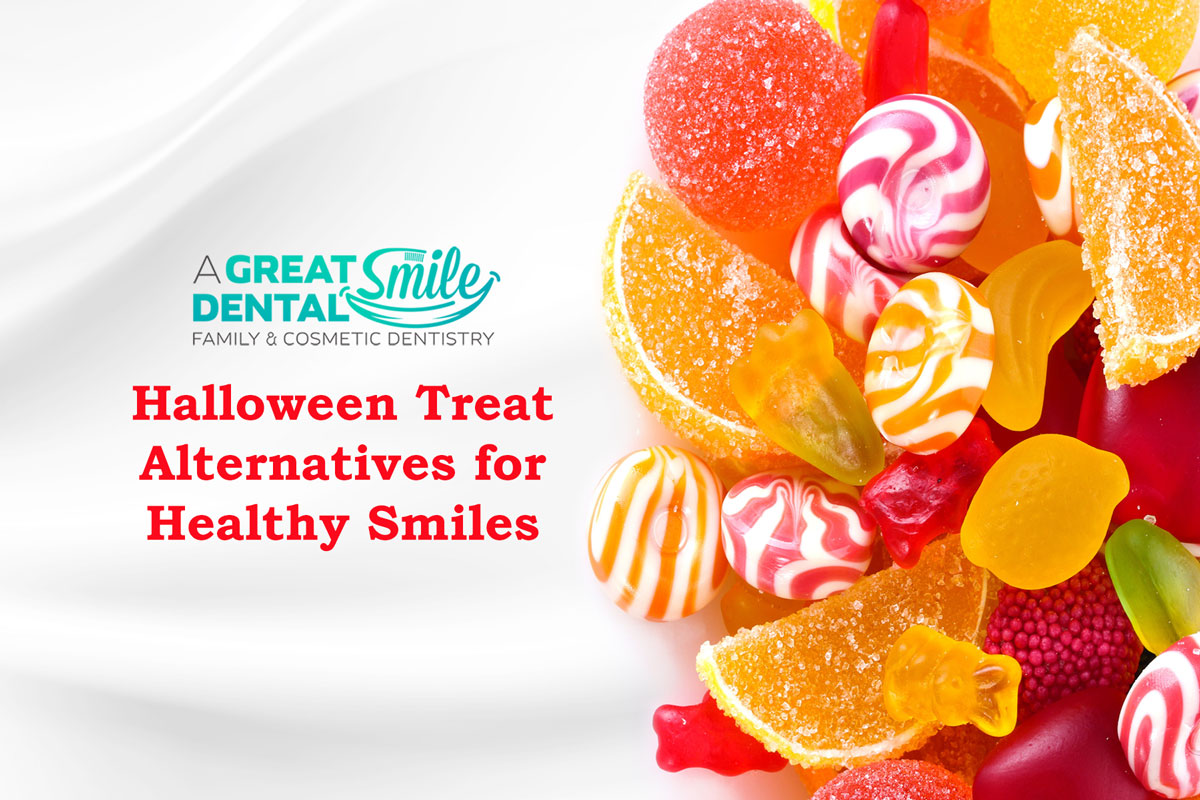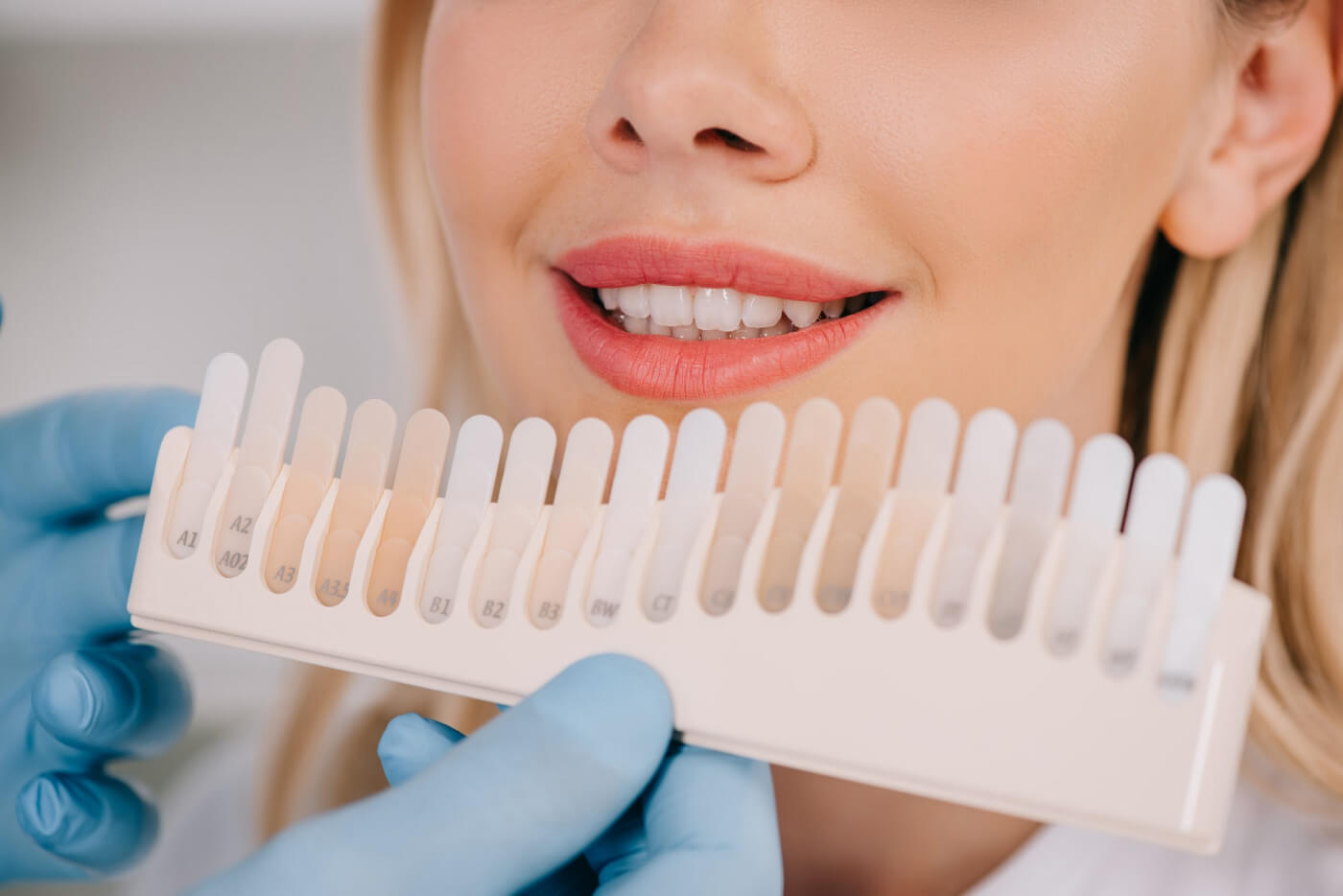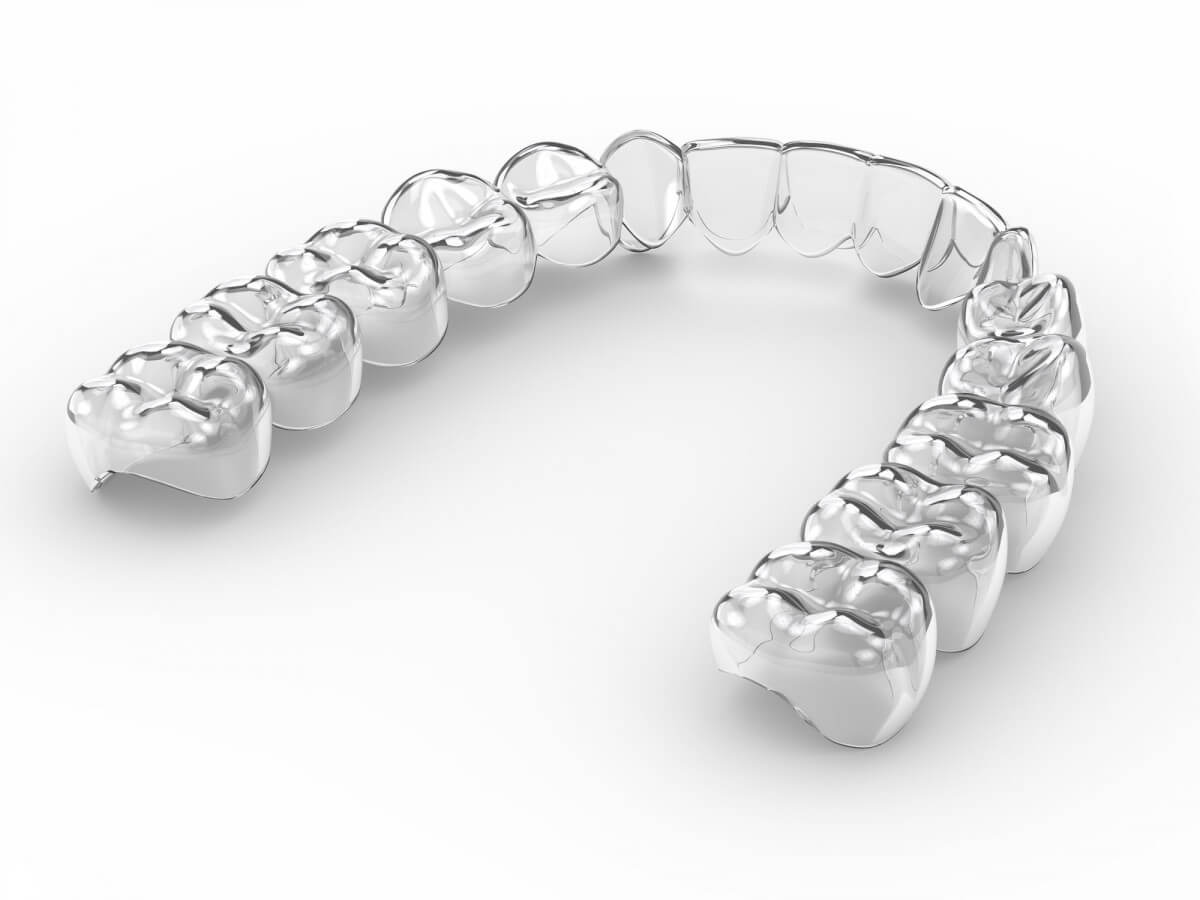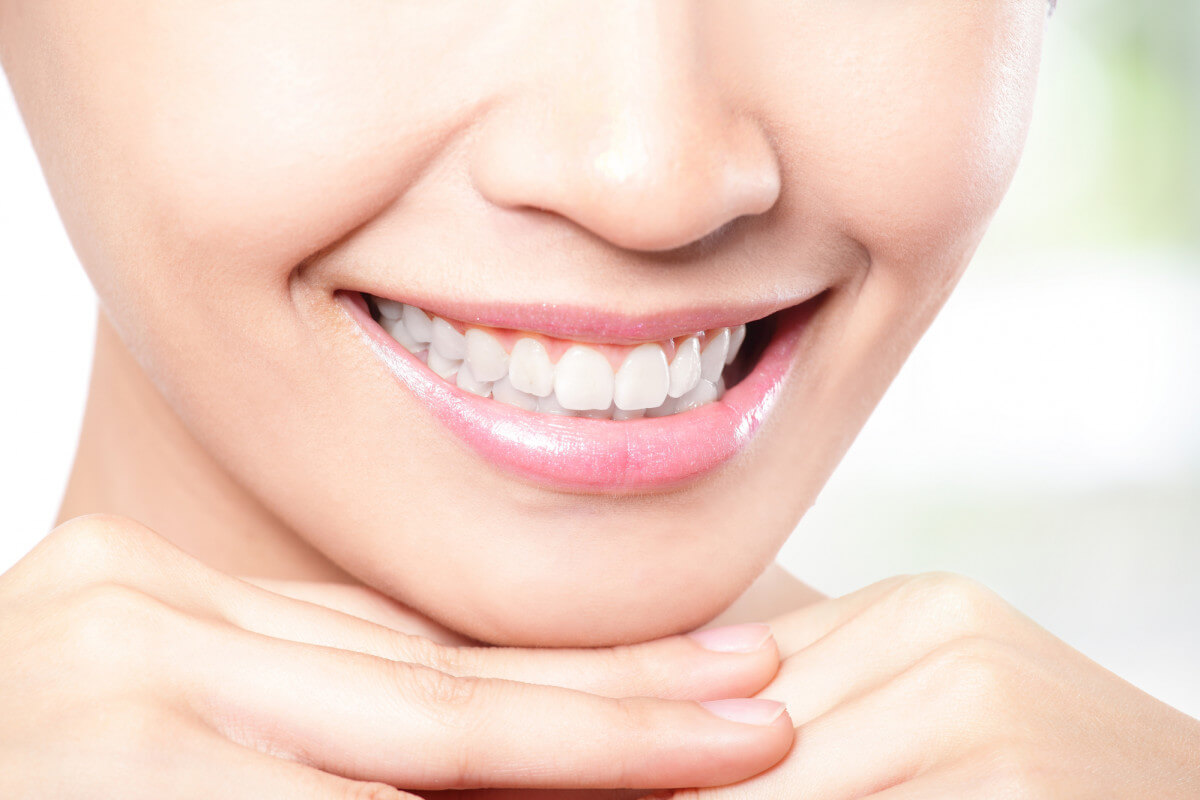Now that Halloween is over, the holiday season is officially kicking in—filled with sweet treats, chocolates, and plenty more goodies. From pumpkin-spice everything to peppermint bark, the next eight weeks are basically a sugar marathon. Between office parties, cookie swaps, and family feasts, it’s easy to lose track of how often you’re snacking. But before you dive face-first into that second slice of pecan pie, let’s talk about keeping your teeth in the game.
Because here’s the truth: sugar never takes a holiday. Every bite of fudge or caramel leaves behind a sticky film that feeds the bacteria in your mouth, creating acids that attack enamel and lead to cavities. The good news? You don’t have to skip dessert or live on salad to protect your smile. One simple, dentist-approved routine can neutralize sugar’s sticky sabotage without killing the joy.
Step 1: Rinse like you mean it
The moment you finish that fun-size Snickers, grab water and swish for 20–30 seconds. A quick rinse washes away loose sugar crystals and dilutes the acids that candy leaves behind. Think of it as hitting “flush” on your mouth’s garbage disposal.
If you’re at a party or out shopping and water’s not handy, even sipping and gently moving water around your mouth can help until you can rinse properly later. You can also rinse with a fluoride mouthwash once or twice a day to strengthen enamel and freshen breath. Small actions like this go a long way when you’re surrounded by holiday sweets at every turn.
Step 2: Chew sugar-free gum for five minutes
Pop a piece of xylitol or sorbitol gum (look for the ADA seal). Chewing ramps up saliva flow—nature’s own mouthwash. Saliva neutralizes pH, remineralizes enamel, and even scrubs surface stains. Bonus: you’ll smell minty for the inevitable holiday selfies.
This step is especially helpful if you’re constantly grazing on cookies or candy throughout the day. The gum helps reset your mouth’s environment between snacks, cutting down the total time your teeth are exposed to sugar. Plus, that chewing motion can help relieve a little holiday stress—it’s a win-win.
Step 3: Wait 30 minutes, then brush smart
Brushing right after sweets is tempting, but enamel softened by acid can get scratched. Give your saliva 30 minutes to reharden the surface. Then use a soft-bristled brush and fluoride toothpaste in gentle circles. Two minutes, no shortcuts—set a playlist if you must.
If you’re brushing after a big meal, tilt your brush at a 45-degree angle toward your gumline and don’t forget your tongue—it harbors plenty of bacteria too. Brushing twice a day and flossing once daily is the foundation, but timing it right after sugar exposure makes a real difference during this indulgent season.
That’s the whole routine: rinse, chew, wait, brush. Three steps, ninety seconds of active effort, zero guilt. Keep your dental kit nearby—your future self (and your January dental appointment) will thank you.
- Pro moves for the sugar gauntlet ahead
- Keep a travel toothbrush in your bag; office candy bowls are real.
- Drink through a straw—less sugar bath for your teeth.
- End dessert with cheese or nuts; they buffer acid and help wipe enamel clean.
- Stay hydrated. Dry winter air can reduce saliva, and less saliva means higher cavity risk.
- Schedule your cleaning now; December books fast.
- Stock up on fluoride rinse—it’s your enamel’s secret weapon during sugar season.
- Limit sticky sweets like caramels and taffy—they cling to enamel and are harder to rinse away.
A little awareness goes a long way. You can still enjoy your favorite treats—it’s all about balance and quick recovery. The key is consistency. Even small healthy habits done regularly make a bigger difference than one big “detox” in January.
Invisalign Indulgence, Zero Guilt
This season, keep your Invisalign journey on track without missing a single peppermint bark. Swap the “leave-them-in” panic for a 2-minute rule: pop your aligners out, savor the treat, rinse, brush (or at least swish), and slide them back in. Clear aligners love consistency, so set a phone timer for 22 hours of daily wear—your future gap-free grin will thank you. Stash a travel case and a mini brush in every coat pocket; sticky toffee won’t stand a chance. Pro tip: sip sparkling cider through a straw to keep stains at bay and your trays crystal-clear. With these tiny tweaks, you’ll ring in the new year with cookies in one hand and a straighter smile in the other.
The payoff
Follow this loop every time you indulge, and you’ll sail into January with zero extra cavities and a grin bright enough to outshine the tree lights. Dentists see a 25% spike in decay visits every January; be the exception, not the statistic. When you take care of your teeth during the holidays, you’re also protecting your confidence, your comfort, and your wallet.
So go ahead—eat the gingerbread house, steal the kids’ advent chocolate, lick the spoon. Just rinse, chew, wait, brush. Your teeth will thank you, your dentist will high-five you, and you’ll still taste the holidays on your own terms.
And if it’s been six months since your last visit, this is the perfect time to get back on schedule before the new year. Clean teeth feel great, and you’ll start 2026 knowing your smile survived the sweetest season of all.
Happy feasting, friends. May your smiles stay merry, bright, and cavity-free.

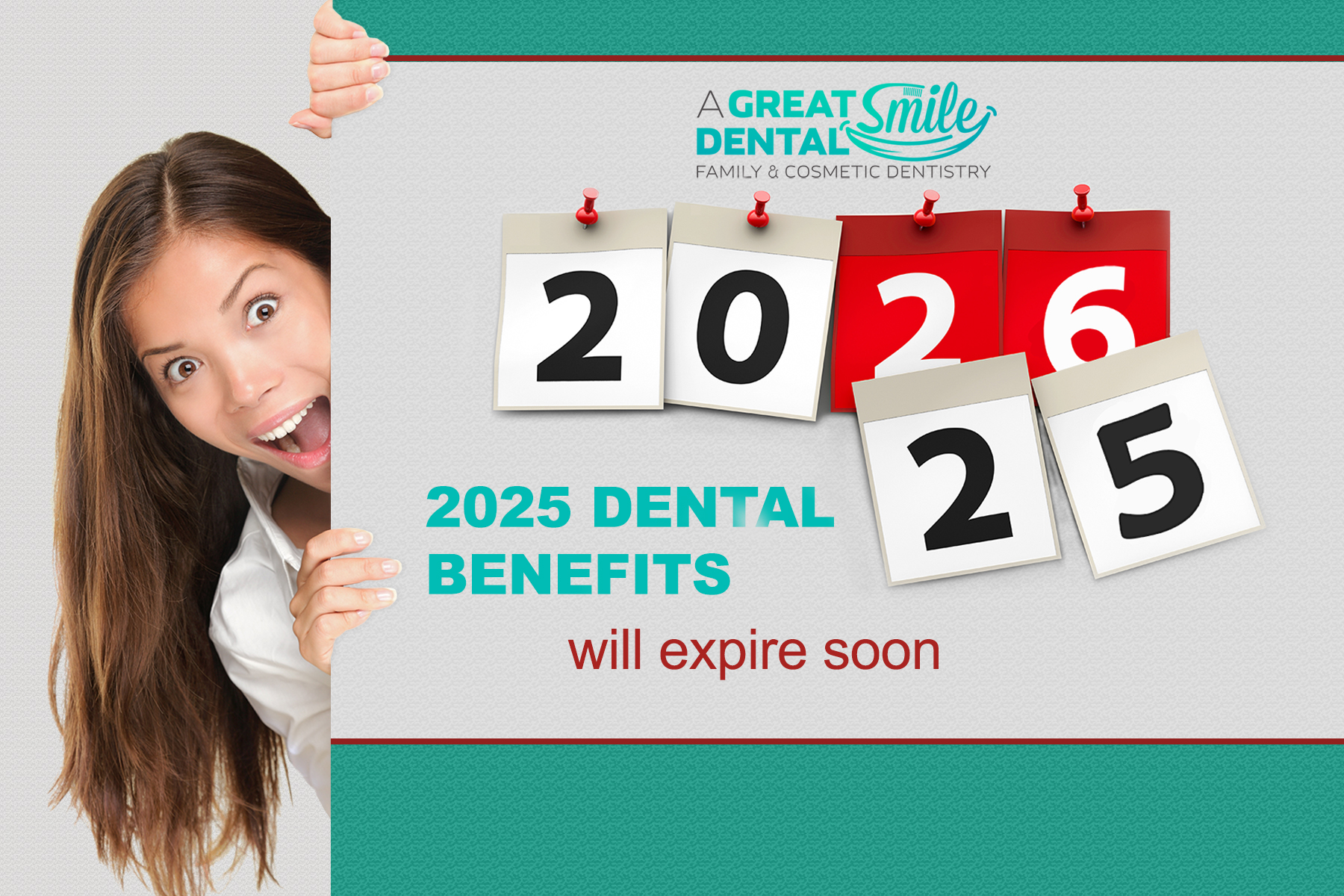
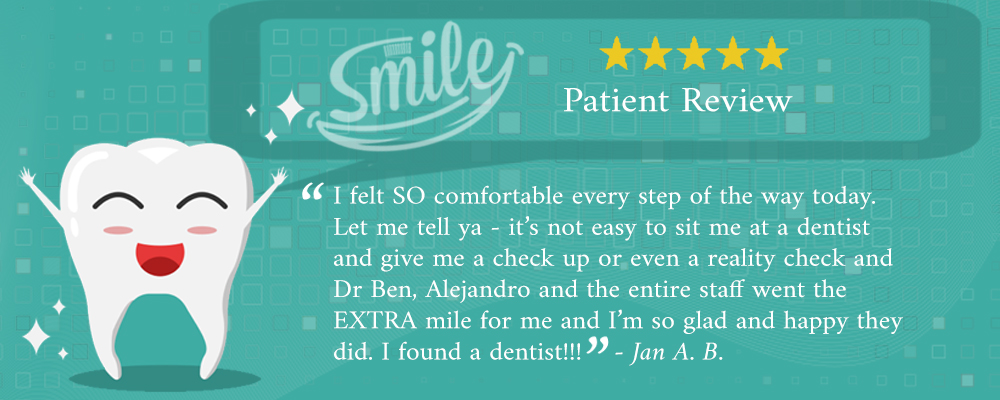
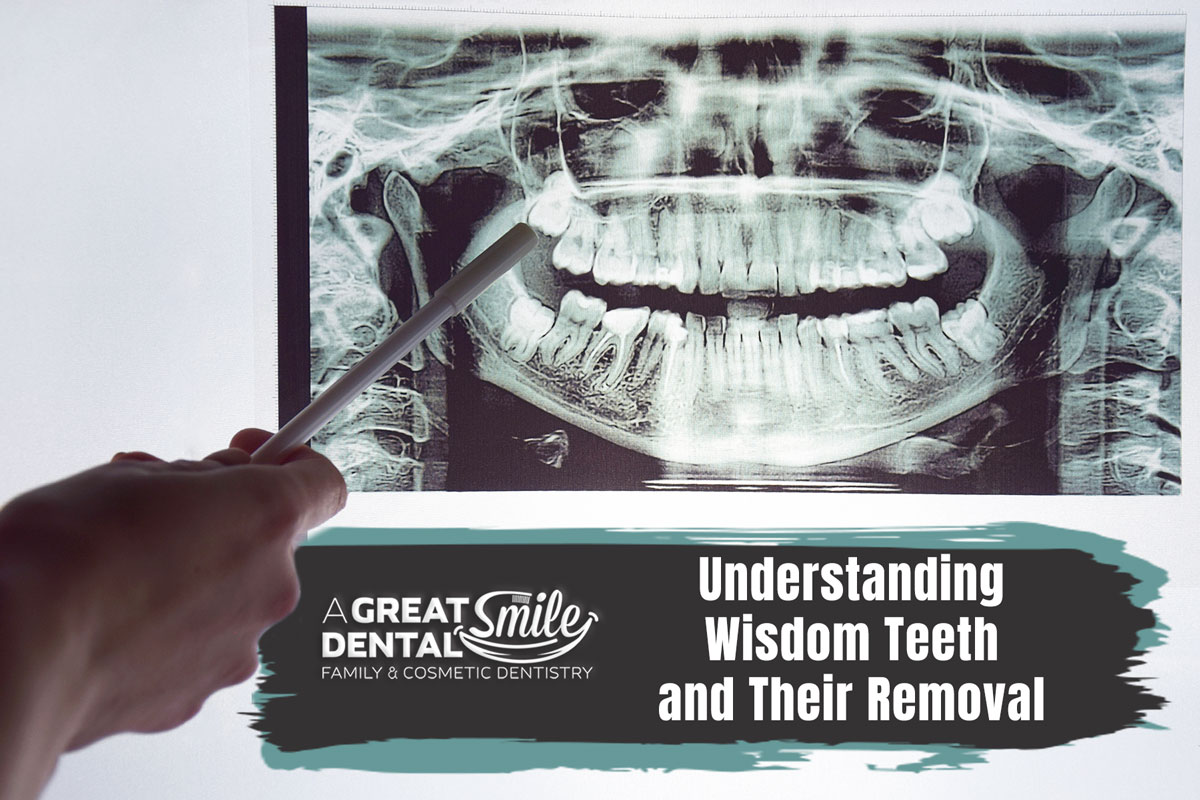
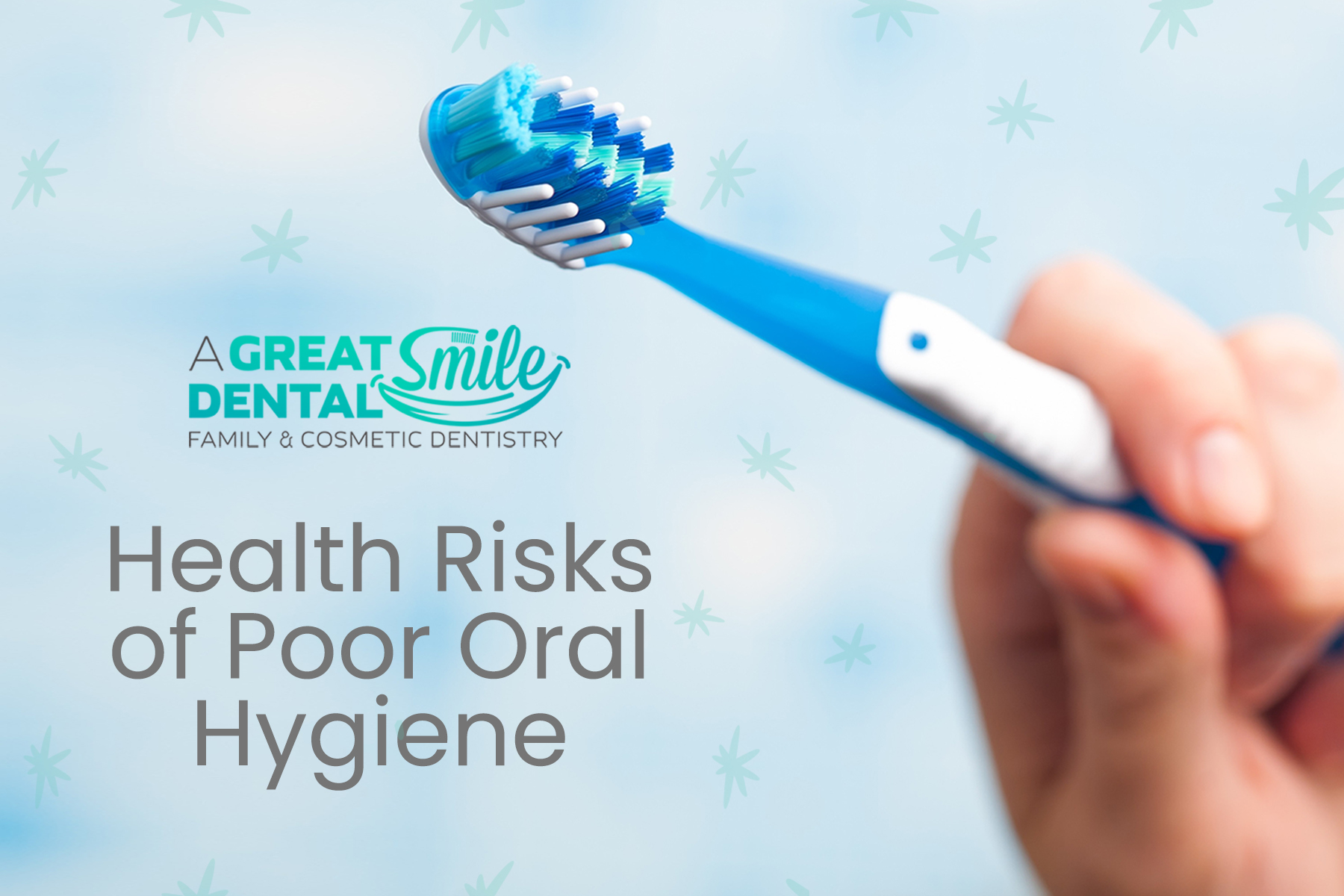
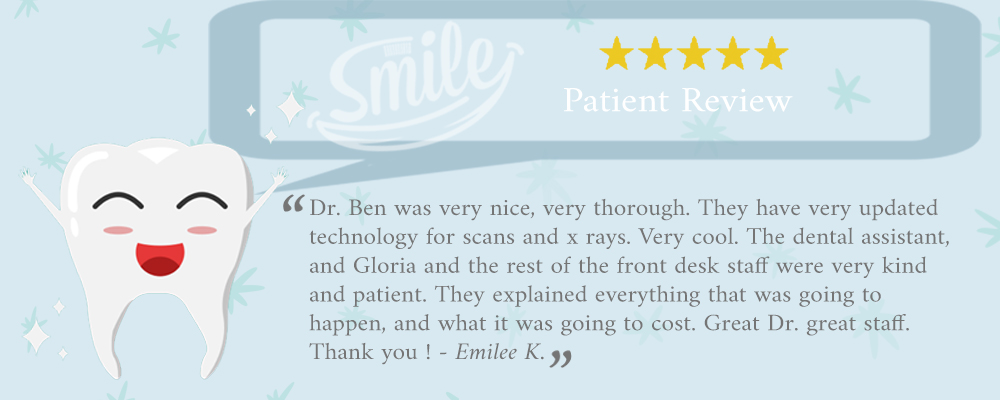
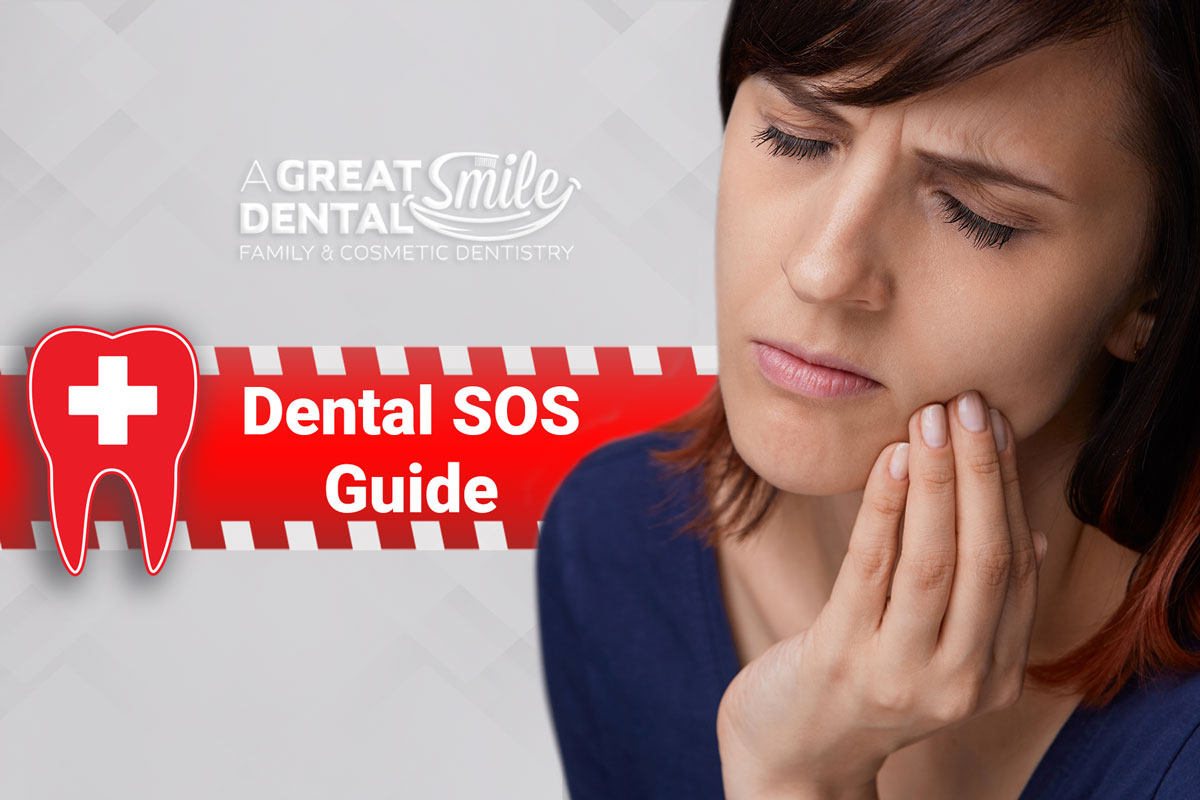
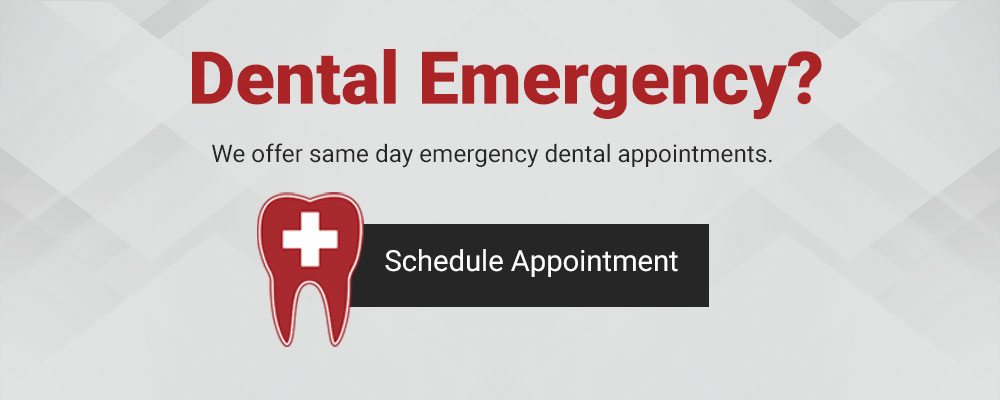
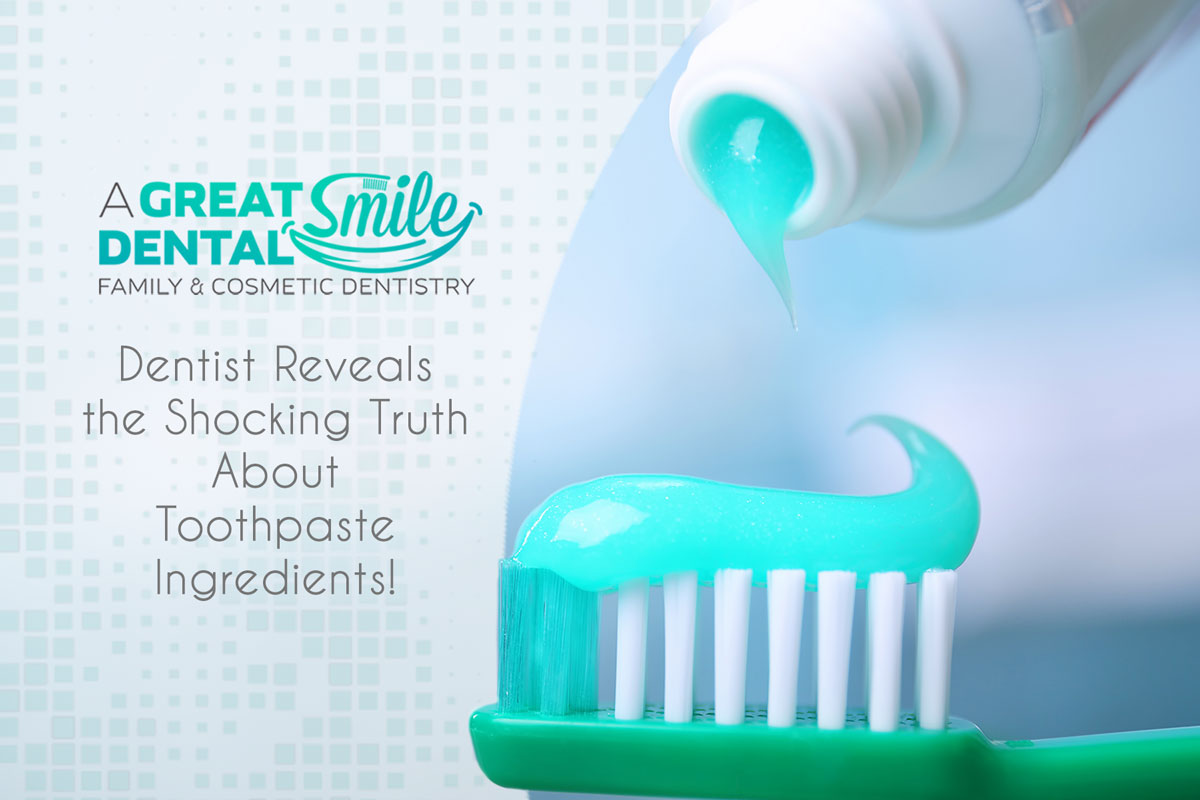
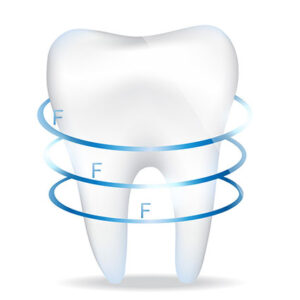
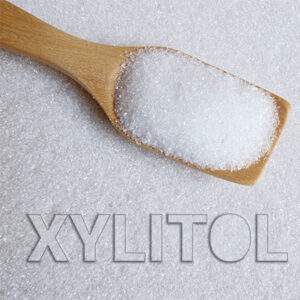
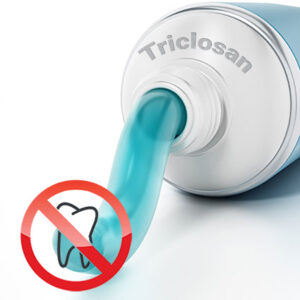
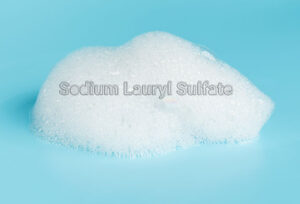 Sodium lauryl sulfate (SLS) is the ingredient that makes our toothpaste foam and bubble. While it makes our toothpaste feel like it’s cleaning really well, it can actually cause problems, especially for people with sensitive mouths. If we get sores in our mouths or have gums that are easily irritated, SLS can make these problems worse. It can dry out our mouths and cause discomfort.
Sodium lauryl sulfate (SLS) is the ingredient that makes our toothpaste foam and bubble. While it makes our toothpaste feel like it’s cleaning really well, it can actually cause problems, especially for people with sensitive mouths. If we get sores in our mouths or have gums that are easily irritated, SLS can make these problems worse. It can dry out our mouths and cause discomfort.